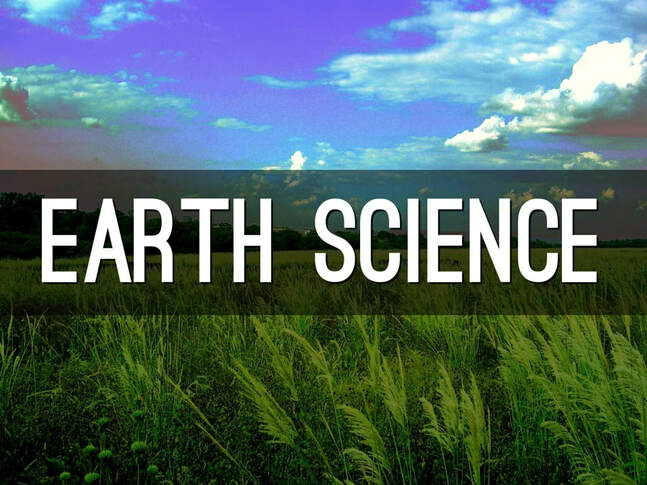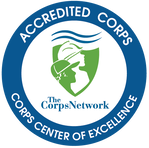|
The field of Earth Science contains sub categories such as geophysics, meteorology, oceanography, paleontology, and many more. At such a precarious point in Earth's history, issues such as climate change, severe pollution and threats of insufficient natural resources make Earth Science one of the most important branches within STEM. Many students are attracted to Earth Science careers, yet the specifics of what can be done with a degree in an Earth Science or Geology related program of study remain a bit confusing. Here we'll outline the major branches of Earth Science, summarize the responsibilities of each role and share the average salary and degree requirements within each category. Sub Categories Within the Realm of Earth Science Earth Science (also referred to as GeoScience) draws from the fields of geology, oceanography, meteorology, and even astronomy, since forces outside of our planet have a direct impact on its existence. Ten of the most popular fields in this industry include:
Internships Provide Valuable Experience for Earth Science Majors Due to the specialized nature of careers within the realm of Earth Science, internships that provide hands on experience are invaluable when it comes to narrowing down your career options and developing a competitive resume. Many Earth Scientists do complete an advanced degree before beginning their careers, but since graduate programs are much more specialized than undergraduate programs, it is critical to have a clear understanding of which branch of Earth Science you're most attracted to before you select a program. Internship experience looks amazing on your resume and on graduate school applications - and will increase your chances of obtaining a full scholarship (or even fellowship) for your graduate studies. The paid internships provided through G.E.M. Environmental are ideal for Earth Science students, as our work emphasizes the importance of this branch of science. G.E.M. Environmental supports STEM students through the provision of scholarships, paid internships, and field experiences. We hope the tips presented in our blog help you attain the career of your dreams! Please feel free to share suggestions for future blog entries in the comment section below. If you're a STEM student, consider applying for one of our upcoming scholarships. And don't forget to sign up for our newsletter to stay up to date about our upcoming programs and opportunities! References https://work.chron.com/10-earth-science-careers-10541.html https://www.environmentalscience.org/career/soil-and-plant-scientist https://www.environmentalscience.org/career/seismologist https://www.environmentalscience.org/career/hydrologist https://www.environmentalscience.org/career/mineralogist https://www.environmentalscience.org/career/paleontologist https://www.environmentalscience.org/career/geophysicist https://www.environmentalscience.org/career/volcanologist https://www.environmentalscience.org/career/petroleum-geologist https://www.environmentalscience.org/career/oceanographer https://work.chron.com/salaries-degree-meteorology-29204.html |
Categories
All
Archives
June 2024
|
G.E.M. Environmental NFP
Geology - Engineering - Minerals - Environmental - Not for Profit
Geology - Engineering - Minerals - Environmental - Not for Profit
Community Partners
|
Programs
|
Get Involved
|
About
|
Follow Us
|
Sponsors & Donors
|
© COPYRIGHT 2017 - 2023. ALL RIGHTS RESERVED. G.E.M. Environmental NFP
GEM Environmental, GEM4STEM, GEM Corps, and Charity Rocks are all Registered Trademarks of G.E.M. Environmental NFP.
Any and all use of Trademarks or Copyrights must be authorized.
GEM Environmental, GEM4STEM, GEM Corps, and Charity Rocks are all Registered Trademarks of G.E.M. Environmental NFP.
Any and all use of Trademarks or Copyrights must be authorized.

 RSS Feed
RSS Feed


